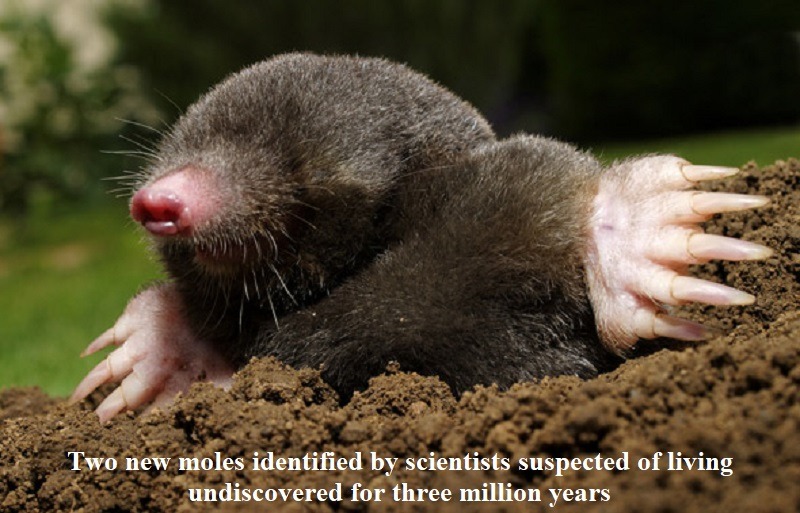
Scientists have identified two previously undiscovered mole species believed to have been living in the mountains of eastern Turkey for about three million years.
These newly identified moles, named Talpa hakkariensis and Talpa davidiana tatvanensis, belong to a familiar group of subterranean mammals that primarily feed on invertebrates. This group is commonly found in Western Asia and Europe.
The researchers noted that these moles can likely survive extreme conditions, such as under 6 feet of snow during winter and temperatures as high as 122 degrees Fahrenheit in summer. The discovery is particularly exciting because finding new species of mammals is a rare occurrence.
The study, published in the Zoological Journal of the Linnean Society in July, was a collaborative effort between researchers from England’s University of Plymouth, Ondokuz Mayis University in Turkey, and Indiana University.
Professor David Bilton, the senior author and an expert in aquatic biology at the University of Plymouth, explained, “It is very rare to find new species of mammals today.” He emphasized the limited options available for moles’ body size and shape due to their underground lifestyle.
To confirm the distinctiveness of the newly discovered moles, the researchers used cutting-edge DNA technology to compare their DNA with that of other mole species. This analysis revealed that the Turkish moles are biologically unique.
The study sheds light on the often underestimated diversity of mammals, showing that there’s much more to learn about the species with which we share the planet. The researchers increased the count of known Eurasian mole species from 16 to 18, each with distinct physical characteristics and genetics.
To identify the new species, the researchers used advanced mathematical analyses to study the shape and size of various bodily structures, incorporating historical museum specimens collected in the 19th century. A comprehensive DNA analysis and detailed comparison with known species confirmed the distinctiveness of the newly discovered moles.

Post Your Comments